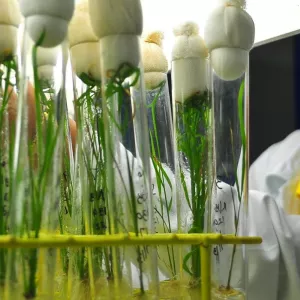Effectively Using the Concept of Comparative Advantage Within CGIAR
For over a half-century, CGIAR and its partners have delivered high-impact science and innovation to address some of the world’s biggest development challenges. To tackle increasingly complex and pressing threats posed by climate change, pandemics, and macroeconomic shocks, CGIAR’s 2030 Research and Innovation Strategy set a mission to transform food, land, and water systems in a climate crisis. However, even an organization with considerable past

Effectively Using the Concept of Comparative Advantage Within CGIAR
For over a half-century, CGIAR and its partners have delivered high-impact science and innovation to address some of the world’s biggest development challenges. To tackle increasingly complex and pressing threats posed by climate change, pandemics, and macroeconomic shocks, CGIAR’s 2030 Research and Innovation Strategy set a mission to transform food, land, and water systems in a climate crisis.
However, even an organization with considerable past achievements, an annual budget of US$700-900 million, and a global presence of about 10,000 staff from 135 nationalities cannot solely tackle all aspects of such wide-ranging challenges. As One CGIAR reorganizes to partner with strategic organizations to confront these challenges, defining its comparative advantage (CA) becomes more important than ever.
Despite CGIAR using the concept of CA for years, a need continues to exist for a unified and evidence-based approach throughout the System. This need led the Independent Science for Development Council (ISDC) to develop a concept note that provides some reflections on CA as it applies to CGIAR.

